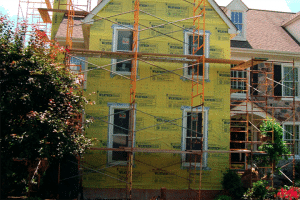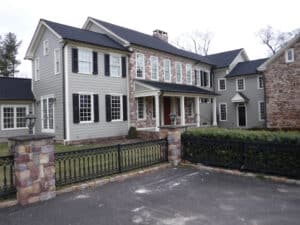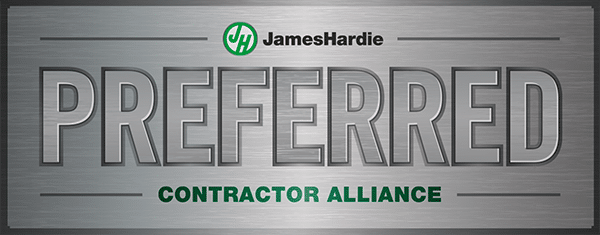 Most products only get one chance to make a first impression. Unfortunately, EIFS, a synthetic exterior option for homes, made a bad one when EIFS lawsuits ensued in the 1990’s. Homes with EIFS began to rot. This led to homeowners’ filing lawsuits against the companies that used this product in their homes’ construction. What is EIFS and what went wrong with it in the U.S.? Read on to learn about what EIFS stands for and why it’s still in use today.
Most products only get one chance to make a first impression. Unfortunately, EIFS, a synthetic exterior option for homes, made a bad one when EIFS lawsuits ensued in the 1990’s. Homes with EIFS began to rot. This led to homeowners’ filing lawsuits against the companies that used this product in their homes’ construction. What is EIFS and what went wrong with it in the U.S.? Read on to learn about what EIFS stands for and why it’s still in use today.
EIFS Stands For…
EIFS stands for Exterior Insulation & Finish System. It is a synthetic alternative to traditional stucco. It’s a product that compares to traditional stucco in appearance and energy efficiency. It also follows a similar layering application process. Newer EIFS is applied in 6 layers:
- First, a water-resistive barrier applied to the home’s foundation.
- Second, an adhesive to attach insulation board to the foundation.
- Third, a foam insulation
- Fourth, a base coat an acrylic or polymer-based cement material that’s applied to the top of the insulation.
- Fifth, a layer of glass fiber reinforcement mesh that is pressed into the base coat.
- Finally, a protective finishing coat, textured as the homeowner chooses.
These layers provide an exit route for water that may sneak through any cracks or openings.
The Evolution of EIFS
EIFS has been a product in use in North American homes for about 50 years. It was a time-tested process used in Europe when applied over a stone or cement base. Unfortunately, when it was brought here, builders layered it onto wooden foundations. Without an exit route for the water that would surely get trapped behind the EIFS, foundations began to rot. Homes were destroyed as the wood was permeated with moisture. Following the series of lawsuits, the application process of EIFS evolved. Now, the six-layered system is much improved for wooden base structures common to North American homes.
How Can I Tell If My Stucco is EIFS?
If you’re worried about the condition of your stucco, you should consult with a professional whether you think you have synthetic or traditional stucco. It’s possible for both materials to trap water and cause damage if the stucco was not properly installed in the first place.
Call Ai Restoration and set up a free consultation with one of our experts. With over two decades in water damage remediation and stucco and siding restoration, there is no question we can’t answer, no problem we can’t remediate.













